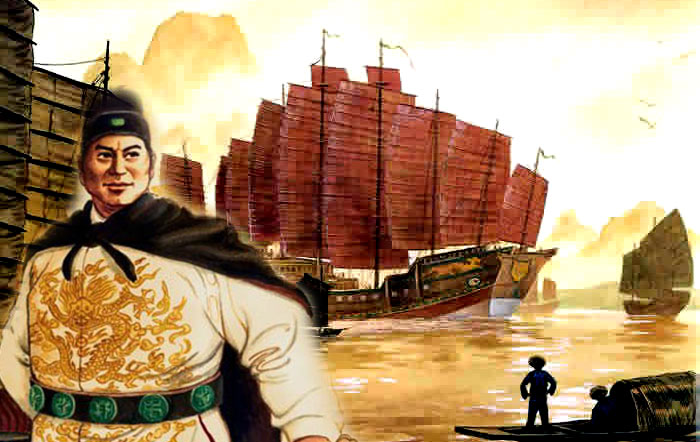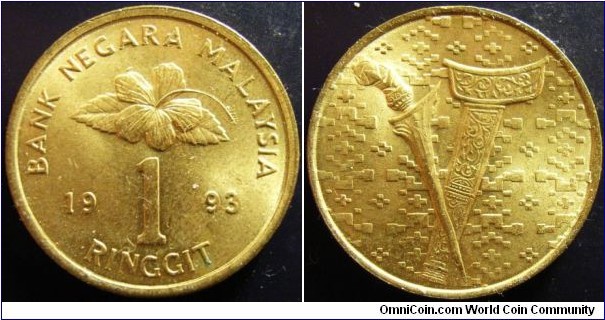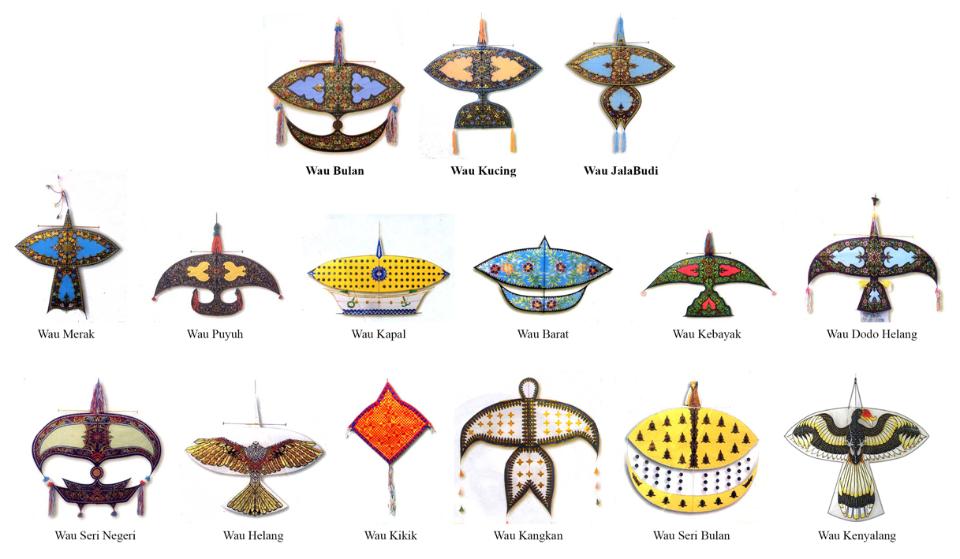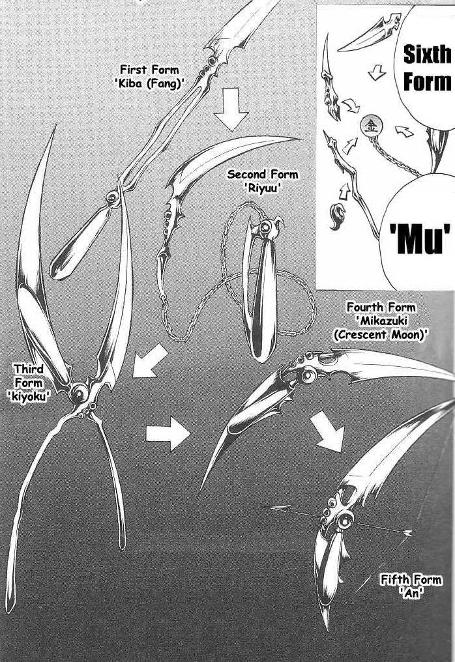
My interest towards Cheng Ho was when I first joined Melaka Art and Performance Festival (MAPFEST) in 2015. I was given an address for my accommodation which was Jalan Laksamana Cheng Ho. Somehow, it sparked an interest to find out who this person was, and to my surprise he was quite a respected icon not only in Melaka, but in Malaysia as well throughout the peninsula to the south to Indonesia.
I remembered visiting the museum which is also in Melaka but it was not a very fruitful attempt. After several readings and digging up online, I am interested in this element of the man:
1. He was a Chinese Muslim
2. He was a powerful fleet Admiral- of the Treasure Fleet; no less
3. He was a eunuch
I think he is a good point to start a project for my residency as it follows suit questions currently I have in regards to what is happening around the world today- more importantly in Jakarta.
Racial identity tends to be equated to ethnic, politics are ruled by religion, power struggle and competition within patriarchy, toxic masculinity and masculine identity and last but definitely not the least (in fact might have been the most worrying), immigration.
So this brings me back to questioning race and religion- especially in regards to my own background, as a Chinese ethnic living in Indonesia. Actually this theme has been quite prominent in my work, especially since I return back to Jakarta in 2013. I have started questioning- in fact being extremely critical to how common racial prejudice is within my paternal family. And recently having more direct relationship and discussion with friends coming from different ethnicity and religious background, get me back into thinking of a larger picture-
immigration and who owns a certain land. who came first, does it matter (ironically i believe it is in regards to popular opinion due to the fact that discrimination exists based on this speculation alone)
Coming back to my own personal identity, and I believe it is something which Malaysians go through as well- is that the (another) speculation that Chinese living in South East Asia (or maybe within Malaya Peninsula- with which my works tend to be more focused around) are relatively more wealthy than their non-Chinese counterpart. I personally believe that it is a nonsensical statement but this is the perception people tend to project me with back in Jakarta.
So this brings me back to another subject I can relate with Cheng Ho
4. Wealth (which is kind of related to no.2) and power
What's great being in social media is that information and opinions are circulated in a relatively active pace and I found an article that makes a connection to what is currently happening around the world (particularly with inequality and immigration control) to Cheng Ho's expedition. http://www.independent.co.uk/news/world/americas/500-years-ago-china-destroyed-its-world-dominating-navy-because-its-political-elite-was-afraid-of-a7612276.html
But Angus Deaton, the Nobel Prize-winning Princeton economist, prefers a different theory. In his book "The Great Escape: Health, Wealth, and the Origins of Inequality," he argues that the Chinese burned their boats (almost literally) in an attempt to control foreign trade. The Treasure Fleet was abandoned at the urging of the political elite inside the Emperor's civil service who had become alarmed at the rise of a newly rich merchant class. "The emperors of China, worried about threats to their power from merchants, banned oceangoing voyages in 1430, so that Admiral Zheng He's explorations were an end, not a beginning," Deaton writes.But Angus Deaton, the Nobel Prize-winning Princeton economist, prefers a different theory. In his book "The Great Escape: Health, Wealth, and the Origins of Inequality," he argues that the Chinese burned their boats (almost literally) in an attempt to control foreign trade. The Treasure Fleet was abandoned at the urging of the political elite inside the Emperor's civil service who had become alarmed at the rise of a newly rich merchant class. "The emperors of China, worried about threats to their power from merchants, banned oceangoing voyages in 1430, so that Admiral Zheng He's explorations were an end, not a beginning," Deaton writes.
.
.
.
In other words, are we looking at another Treasure Fleet moment right now, and failing to see the danger of elite-driven rentier mercantilism?
Now referring back to my older works (maybe to be more precise the first work I created when I returned back) was in regards to family's racial identity and obsession with wealth. (The work can be found here.I was looking at the image of coins and the child-like craft of frottaging interests me. I think it brings back images of wealth multiplication- which process in itself is very questionable, ethics in economy- among many. (and as usual, coincidentally, it is almost like the situation I had in 2013- I came back to a place where I used to live in; and surprisingly Rimbun Dahan is located close to where I used to stay and study)
So I started to look into the possibilities of images behind Malaysian Ringgit coins (and dang, I actually could not find one that is visually interesting on the new coins).

But I found an old design of RM1 that has a keris image at the back. I was constantly attracted to the keris as I think it was an appropriate image to be use as a pattern that in many ways, representative of point 1-4 above.
Furthermore, it follows a certain of visual direction of the initial performance work I had deviced earlier as a result of being in Melaka- a performance with wooden sword, or weapon in a more simpler term.
Sadly so, the coin design was released almost two decades ago and after several of digging, it is no longer in active circulation and currently treated as a mint collector item. I will however, try to get my hand on these maybe next week as I have more time to explore Central Market.
I did another round of browsing, to see if there are other potential designs or images that I can use as a pattern for this project. And ta-dah: found the Wau at the back of the (still relatively old) 50 cents coin.
Then I went to look at what is a Wau and how it can be a suitable representation.
I found two things that interest me:
1. Wau is usually flown by men
2. Historically, it was popularized by a Sriwijayan prince Dewa Muda that drew or imprinted conquered land on the kite
I think the two points are valid points to include the kite in this project.
Several readings:
http://adisaufi.blogspot.sg/2010/05/wau-sejarah-dan-asal-usul.html
http://ww1.utusan.com.my/utusan/info.asp?y=2008&dt=1216&sec=Keluarga&pg=ke_02.htm


I think the kites can be potentially be an active pattern in this project- it brings upon a lot of possibilities.
Conceptually, it is also relevant in building the narrative of the sea voyager (Wau Bulan, Wau Kapal, Wau Barat, Wau Seri Negeri). The bird-like shape is also interesting- something which I have been hinting very subtly in my works too.
Additionally, I also find the element of the kite in Dikir Barat, a group performance very much identified as Malayan culture, in particularly the east coast Kelantan.
http://ww1.utusan.com.my/utusan/info.asp?y=2007&dt=0128&pub=utusan_malaysia&sec=sastera&pg=sa_01.htm&arc=hive
The kite reminds of of the slang, go fly kite which can mean go fuck yourself or mind your own business or go and play with yourself (I am kind of absorbing it rather literally here, apology). I think it can be manipulated in a way that it can provide a new narrative towards the concerns of Cheng Ho as stated above. It is playful, visually stunning and culturally relevant.
Then it reminds me of a character in a manga by Nobuyuki Anzai titled Flame of Recca (1995-2002) -> again, a reference to my past, root, childhood maybe?
The character is called Koganei Kaoru (fun fact: he is the youngest in the gang too) and he carries a weapon called Kōgan Anki (鋼金暗器 Golden Blade) which is kind of like a puzzle. It has many forms (although the manga only showed 5+1 ultimate forms)


I think it can be an interesting outcome to make something that is puzzle-like from deconstructed parts of the kite, maybe implemented with swords as well as other elements including points from Cheng Ho.
This is definitely still too early to decide on the outcome of the project as I am giving myself the first two weeks to build a more substantiate cruising path towards this voyage.
And on the side note, I attended an artist talk in Ilham Gallery. Sharon Chin, a renowned local visual artist who also works actively with performance medium was sharing her works, alongside a Tenaganita representative, Katarina Jorene Maliamauv and moderated by Sze Ying Goh.
The topic was about migrant workers- which in respond to the ongoing show, Afterworks (which I have actually heard a lot about for the past few months). As my personal judgement to the show, I feel a bit lost due tot he fact that most of the works have already created for quite some time back- instead of recently constructed which I personally feel would have been more impactful- bear in mind that this is a very subject-driven exhibition.
Which then brings me to the discussion; where also a lot of the works seem to involve certain degree of participation from migrant workers, particularly in Hong Kong. Sharon was critical in her approach and question how do we as artists who involve a specific subject's participation during creation, give back to that very subject we study, or involve (actively or otherwise). Sharon believes in the return- as she described it as a circle- which can take form of various sizes.
I think that topic was quite a reminder for me- as I did have plan to device another Recruitment project for this residency. Hence I think it is always respectful to give back (in ways that are fair) to the participants.